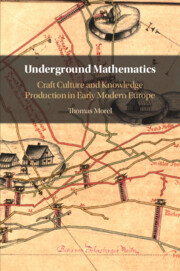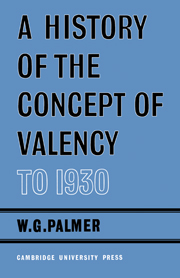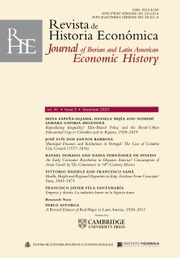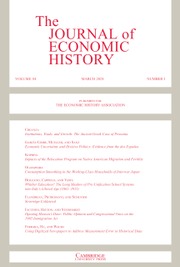Essai sur Les Moulins à Soie
From the fifteenth century, the silk industry developed in France to rival that of Italy. Taking off during the reign of Henri IV, sericulture was historically centred on Tours and Lyon. In the eighteenth century, attempts were made to introduce it to the north-east of France, to compensate for the decline of viticulture, which had until then represented the region's main economic activity. Agronomist and director of the Royal Academy of Metz, Charles-Bruno Le Payen (1715–82) was the first to breed silkworms on local mulberry leaves in 1754. He also invented a new type of silk-weaving mill. In this work of 1767, he gives a detailed and illustrated description of the structure and functioning of his mill. Le Payen also shares his views on the challenges of breeding silkworms and mulberry trees in the colder climate of Metz.
Product details
June 2013Paperback
9781108060202
174 pages
244 × 170 × 9 mm
0.29kg
4 b/w illus.
Available
Table of Contents
- Discours préliminaire
- Part I. Du moulinage et des apprèts de la soie:
- 1. Ce que c'est que mouliner
- 2. Dissertation sur la cause ou le but du moulinage de la soie
- Part II. Description de la machine, de ses usages, etc.:
- 1, Description du moulin
- 2. Usages du moulin
- 3. La résolution de la problème
- Part III. Exécution détaillée et raisonnée du moulin en grand:
- 1. Système de grandeur du moulin
- 2. De la charpente du moulin à deux vargues
- 3. Des pièces auxquelles la charpente est destinée.










